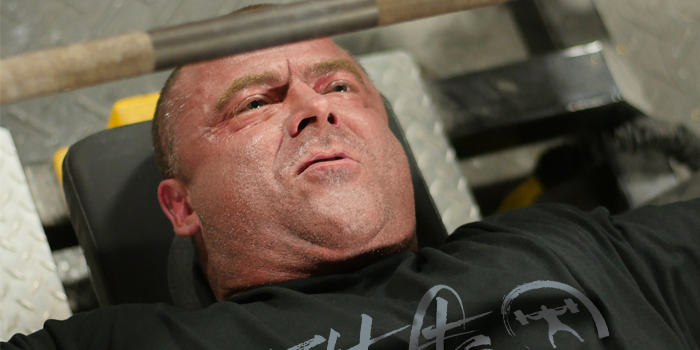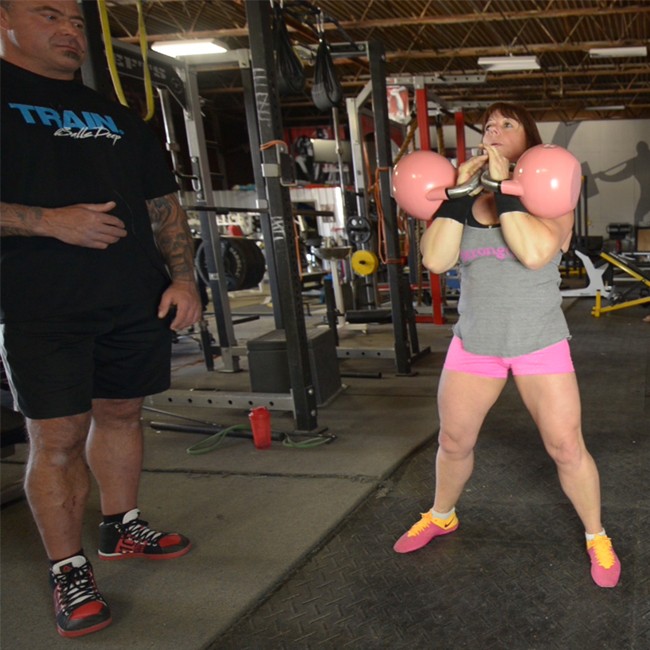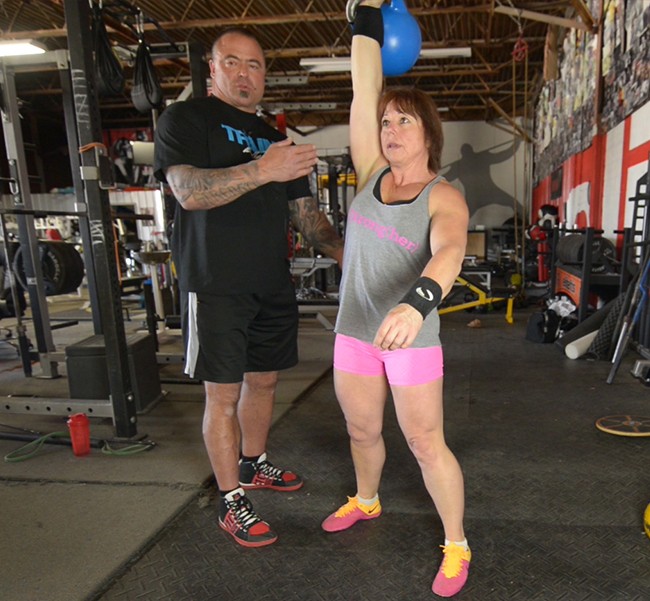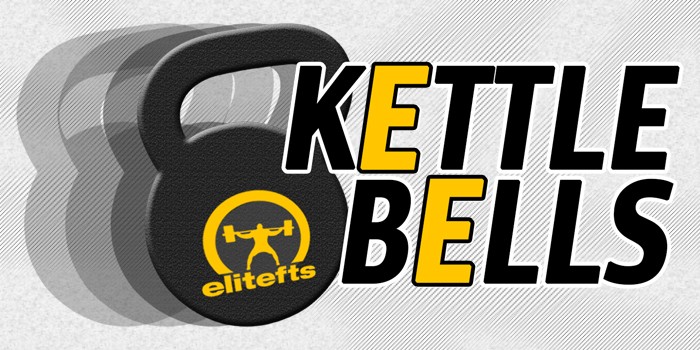
Even at the highest levels of coaching and training, the top trainers and facilities are continuously learning on an everyday basis to try and improve their methods, training templates, and methodologies. This is how it has to be if you want to continue to improve your athletes to reach even higher performance levels and be the best they can possibly be.
Elite Training Systems (ETS) is a specialty training facility in Whitby, Ontario that focuses on training high end and professional athletes to improve their strength, speed and power, and to reduce injuries both during the sport season and in the off-season. Mark Fitzgerald, who is the head strength and conditioning coach for the NHL Anaheim Ducks, owns ETS and oversees all the specialized training protocols for their athletes. The staff at ETS are highly educated individuals and most have played sports at the highest levels.
WATCH: Anaheim Ducks Head Strength and Conditioning Coach Mark Fitzgerald
ETS is a very successful facility and has numerous NHL, OHL, MLB, CFL athletes, as well as university scholarship athletes who compete in several different sports amongst a full compliment of AAA baseball and hockey players.
ETS utilizes a tri-phasic program that includes movement patterns, strength training, and dynamic training specific to the athlete’s particular sport. Each program is specifically designed individually to address each athlete’s strengths, weaknesses and movement patterns. ETS is constantly evolving and utilizing different protocols to assist their athletes improve and properly prepare them for their specific sport seasons.

My wife Sheri and I had been heavily involved in Kettlebell Sport for multiple years. I had the opportunity several years ago to train with people like Steve Cotter, Ken Blackburn and Valery Federenko who was a world-renowned European Kettlebell Sport Champion and world record holder. I was certified as a coach through the American Kettlebell Club (AKC) and eventually obtained my Master Kettlebell Trainer certification through the World Kettlebell Club. I had competed in Kettlebell Sport for several years and won several events. Sheri has done well competing for several years in Kettlebell Sport and we have our own studio at home where Sheri coaches a competitive team of lifters and trains clients several times every week. We started our own North American Outlaw Kettlebell Club and have hosted our own kettlebell competitions as well as judged at several meets.
The staff at ETS recently approached us to conduct a kettlebell workshop for their coaches and training staff so they could experience some of the different movements available with kettlebells and possibly implement some of the movements into their training protocols for their athletes. The ETS staff was primarily interested in metabolic conditioning, strength movements, and incorporating some different movement patterns to address injuries and/or weaknesses.
Kettlebell training can be implemented with some fairly simple, very effective movements. It can also be broken down into very technically advanced mechanics and trajectory movements, similar to teaching very detailed Olympic style lifting movements. These movements require a lot of practice to become an efficient Sport Style lifter.
The “Hardstyle” kettlebell lifting consists of basic pushes, pulls, and presses that are designed for strength movements that consist of heavier bells moved in a strength style pattern of heavier weights with lower rep training. Kettlebell “Sport” training or lifting consists of refining lifting techniques that improve efficiency and really addresses work capacity and endurance training with lighter bells training over longer periods of time with the most effective, efficient movements possible to go for training periods lasting up to ten minute sets.
“Fitness” training with kettlebells incorporates a lot of metabolic style conditioning with simpler movements that consist of clusters of movements put together in compound movements or chains.
For the event, at ETS we started off our training with the instructors by explaining the differences between the competition bells and hard style bells and some basics on how to hold the bell properly. We demonstrated proper hip hinge and showed how to utilize proper movement to load the hips and generate power from the heels and hips to propel the bell into position. We went through a series of double-handed swings, single-handed swings, alternating swings and swing squats.
WATCH: Technical Demonstration of Competitive Kettlebell Sport
One of the first things that was immediately noticeable for our instructors was their heart rate. Everyone was measuring their heart rates and we were advised by one of the instructors that he had difficulty getting his heart rate above 160 BPM even after doing hard interval Prowler® sprints. After doing a short series of 30-second swing squats, his heart rate was 180 BPM, which proved to him the value of utilizing simple kettlebell movements for very effective metabolic conditioning.
We demonstrated and showed the team how to perform proper cleans into the rack position so we were able to progress to overhead movements including presses, push presses, and jerks. We spent some time working on snatching movements, which is easily the most technically-advanced kettlebell movement.
After getting fairly proficient with most of the movements we were able to demonstrate numerous strength movements that the trainers could easily implement with their athletes including double kettlebell presses, renegade rows, double swings, and double front squats. We also demonstrated how to utilize lighter kettlebells and reduce leverages to improve energy and strength expenditure during specific protocols.
The team of ETS trainers were very humbled at the amount of energy they had expended during the workshop and were impressed with the amount of information we left with them and the extent of endless exercises and new training ideas that they could now implement with their athletes. It was a great experience for us to be able to be able to work with such high-end trainers and athletes that were eager to learn new training methods to implement into their existing training protocols. Even at the highest levels of coaching and training, there is a need and desire to continuously learn from different people to consistently improve your ability to help your clients get better and improve.
I still stand by my claim that if you want very effective training and make progressions in your lifting while becoming strong, resilient, and strengthening your ligaments and tendons all in one package, training the big three and utilizing kettlebells for improving conditioning and work capacity is a combination that can’t be beat.
Everyday we need to Live, Learn, and Pass On.











